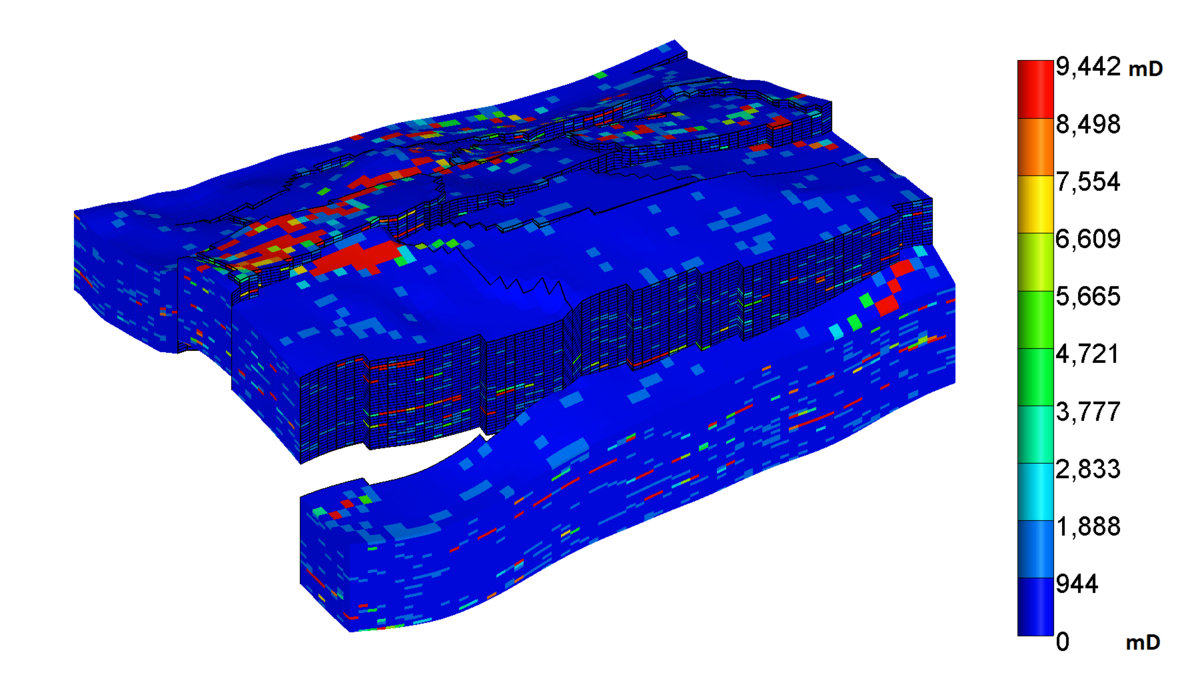
Multi-objective optimization under uncertainty of geothermal reservoirs using experimental design-based proxy models
In this publication, we address the optimization of geothermal reservoir design under geological uncertainties using a multi-objective particle swarm optimization (MOPSO) approach in combination with response surface models. When determining optimal well placements, it is important to adequately account for geologic uncertainties in numerical models. However, this requires the variation of parameters and the execution of a large number of computationally intensive simulations. Since the calculation of a single geological model does not account for the variability inherent in geological scenarios, it carries the risk of suboptimal well placement.
Our study applies a combination of numerous reservoir simulations to capture a range of geological scenarios and, based on this, creates nested ensembles of discrete proxy models. These are referred to as response surfaces and can predict metrics such as outlet temperature and bottom-hole pressure (BHP) with sufficient accuracy. Once trained, response surface models allow for significantly faster predictions of reservoir performance compared to typical numerical simulations, thus enabling the application of mathematical optimization methods for determining well placement. We demonstrate that response surface models are a suitable tool for optimizing the development of geothermal reservoirs, while simultaneously allowing for the consideration of more parameters under uncertainty and thus a greater variety of geological scenarios than would be possible with purely numerical simulation models.